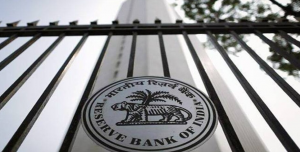
According to the RBI, two distinct pillars of financial inclusion progress in India are advancement in digital technology (FinTech), and greater participation of women.
In its report ‘Trend and Progress of Banking in India 2020-21,’ the regulator pointed out that financial inclusion acts as a key facilitator for reducing gender inequality and helps engender women’s economic empowerment.
As of December 15, 2021, 24.54 crore bank accounts were opened for women beneficiaries under PMJDY, accounting for 55.6% of the total account holders under the scheme. Over the last decade, the number of loan accounts and outstanding loans of female borrowers grew at a CAGR of 43.2% and 22.7%, as against 29% and 16.4%, respectively, for male borrowers. The number of deposit accounts and deposit balances of women also grew at a faster rate than that of men, indicating reduced gender disparity in the usage of formal financial services. Women-centric financial products and alternative delivery channels such as women’s business correspondents and women’s self-help groups helped in this direction. Notwithstanding these developments, further progress needs to be made to achieve greater financial equality and inclusion of women, the report observed.
Since its inception in August 2014, PMJDY has been contributing towards the financial inclusion of the unserved and underserved population of the country. Over the span of seven years, the number of total beneficiaries under PMJDY expanded to 44.12 crores, with Rs 1.49 lakh crore deposits as of December 15, 2021. There has been a steady increase in the number of RuPay debit cards issued, driven by both PSBs and RRBs.
Strengthening cybersecurity
Banks would need to strengthen their corporate governance practices and risk management strategies to build resilience in an increasingly dynamic and uncertain economic environment. With rapid technological advancements in the digital payments landscape and emergence of new entrants across the FinTech ecosystem, banks have to prioritise upgrading their IT infrastructure and improving customer services, together with strengthening cybersecurity, the central bank stated in the report.
